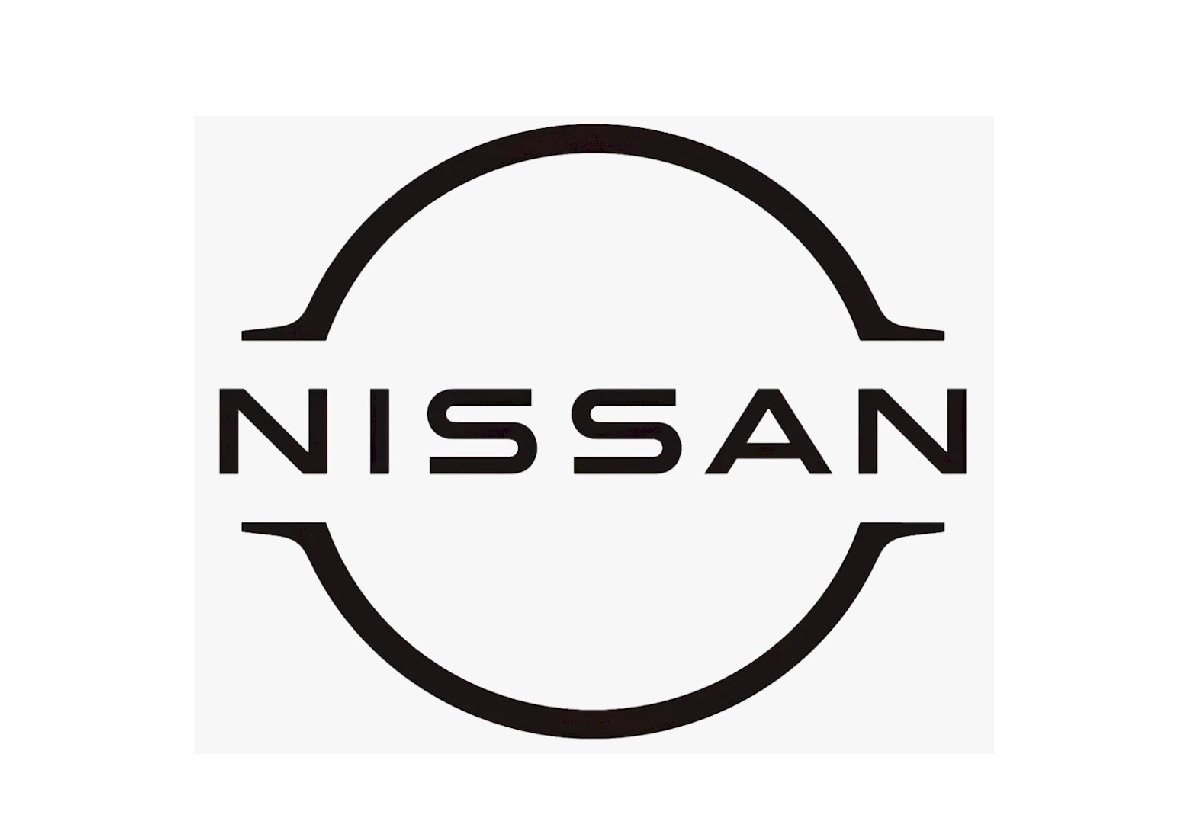Dr. Kanchan Kaur, Senior Director, Breast Cancer, Medanta – The Medicity, Gurgaon
Breast cancer is one of the most common cancers that affects women worldwide, with an estimated 23 lakh women diagnosed with the disease in 2022 alone. It is also one of the leading causes of deaths of women globally — in 2022, 6.7 lakh women died of the cancer, with India ranking the highest in number of estimated breast cancer deaths at 98,337, according to the Ministry of Health and Family Welfare.
Breast cancer results from uncontrolled overgrowth of breast cells. If left unchecked, the cancerous cells from the resultant tumour can spread throughout the body. In the early stages when breast cancer is limited to the breast , treatments are highly likely to be successful. It is for this reason that early detection is crucial in improving outcomes.
Treatment options for breast cancer are an individualised combination of surgery, chemotherapy, radiation therapy, hormonal therapy, or targeted drugs, depending on the type and stage of the cancer.
Surgery forms the mainstay of treatments and is generally the first step in most cancers. However for cancers that present in late stages or are aggressive, chemotherapy may be advised first .
Surgical treatments have evolved tremendously over the past few years. Each patient has the option of a tailored approach suited to the type, location and size of tumour and also their personal preference.
Surgery for the breast involves two components. One is removing the tumour in the breast and the other is to address the lymph nodes in the armpit at the same time . The surgical procedure for the nodes is to check whether cancer has spread to them and in case it has, then to remove them .
Broadly speaking, the breast surgical component is of two types:
1. Breast Conserving Surgery
In this type of surgery, the doctor will remove only the cancerous lump, along with a small margin of surrounding tissue. The goal of this surgery is to conserve the shape of the breast along with safe removal of the cancer.
Nowadays with special Oncoplastic breast surgical techniques, it is possible to reshape the breast even after removing larger tumours for which traditionally breast removal would have been recommended.
Radiation therapy for the preserved breast is mandatory to reduce the risk of recurrence.
2. Breast removal surgery : Mastectomy
Total removal of the breast is advised to patients in whom the cancer cells are involving a major part of the breast, preventing it from being safely saved. In patients who have a gene mutation that increases their risk of developing cancer in the future, mastectomy is offered for the normal breasts for risk reduction.
Reconstruction options of making a new breast are offered to all patients if they wish to maintain their body form. In these patients, the skin and nipple of the original breast can be retained to give best cosmetic outcomes.
Surgical procedures for lymph nodes include
- Sentinel node biopsy: For patients in whom imaging tests have shown normal nodes, this procedure is carried out during surgery where specialised equipment is used to select a few nodes and get them tested while the patient is under anaesthesia. In case these sentinel nodes don’t show cancer, the others can be spared .
- Axillary clearance: This procedure involves removing all the lymph nodes in the armpit when tests have confirmed spread. As this procedure carries a lifetime risk of swelling in the arm (lymphedema), nowadays there are advanced techniques to perform ‘lymphovenous anastomosis’, in which the cut lymph channels are rejoined to veins during the surgery, thus reducing the risk of complications.
The above mentioned surgical procedures cannot be standalone treatments and medical and radiotherapy options are planned as per specified guidelines to significantly reduce risk of recurrence.
There is no sure way to prevent breast cancer, but there are certain steps one can take that can lower the risk of developing the disease in the first place:
- Physical exercise
- Maintaining a healthy weight
- Avoiding the consumption of alcohol, and preservative-laden or fast food
- Eating fresh, local and seasonal food.
- Avoiding the use of plastics to store or cook food.
- Breastfeeding for at least a year
- Seeking medical advice if there is strong family history of breast or ovarian cancer
Above all, self-awareness, picking up cancer and seeking advice in time and following regular screening guidelines, significantly increases the chances of beating the disease.




